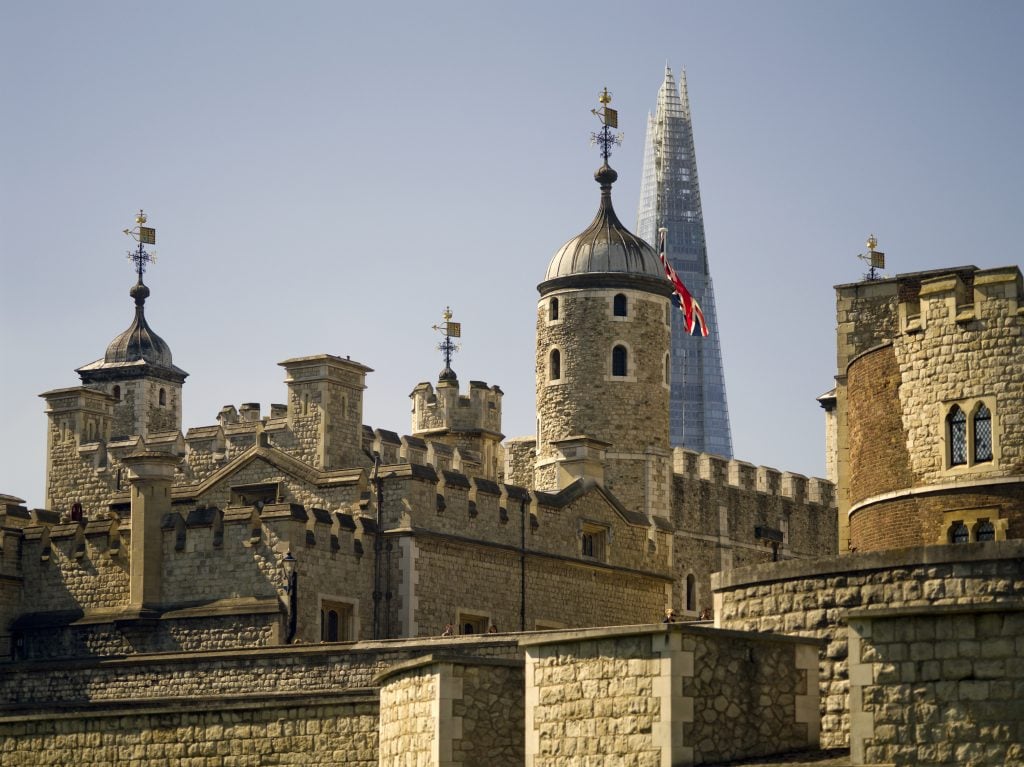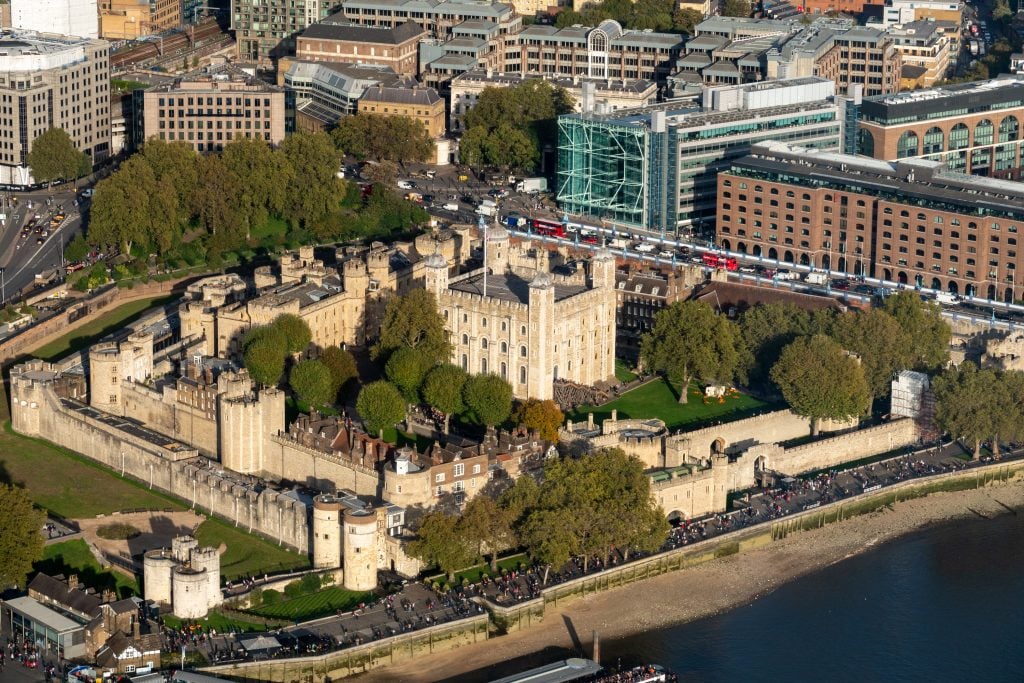Art World
Tower of London Could Lose Its UNESCO World Heritage Status
It's the second time the Tower of London has come under UNESCO scrutiny.

In folklore, it’s said the Tower of London will fall if its flock of ravens fly away. In reality, the former royal residence is at risk from the City of London Corporation’s (CLC) ambitious plans to redevelop the Square Mile, the historic financial district abutting the River Thames that includes St Paul’s Cathedral and London Bridge.
Fresh concerns are being raised after UNESCO confirmed it was seeking a State of Conservation Report for the London landmark to be submitted by December 1, ahead of a committee meeting in 2025. Part of what UNESCO calls its “reactive monitoring process,” such reports are requested for properties perceived as being under threat.
In the Tower of London’s case, the concerns surround the potential impact of high-rise developments coupled with insufficient protections being provided for the 11th-century castle, which was named a UNESCO World Heritage Site in 1988.
UNESCO’s request arrives amid ongoing tensions between Historic England, a government body tasked with protecting cultural landmarks, and the CLC, whose City Plan 2040 aims to add 13 million-square-feet in office floor space and transform the area into a major culture and leisure destination.
Although the CLC’s full development plan has not yet been finalized—it’s due to be submitted to the U.K. government before the end of 2024—Historic England has already called the plan “unsound” and stressed a serious incompatibility between the protecting the historic environment and the CLC’s plans for it.
“Our concern is such that we believe that policies relating to tall buildings and the City Cluster in the draft Plan represent a real threat to the World Heritage Site status of the Tower of London,” Historic England said in a statement.

The Tower of London seen from the air. Photo by Matt Cardy/Getty Images.
For its part, CLC believes City Plan 2024 will strike the appropriate balance between growth and conservation. “The plan takes a bespoke and exhaustive approach to tall buildings and heritage,” said Shravan Joshi, deputy chair of the CLC’s planning committee. “In the City, growth and conservation combine to define what is unique about the Square Mile, and this is ultimately at the heart of the Plan.”
In addition to concerns surrounding the Tower of London, Historic England has also noted the potential impact upon St Paul’s Cathedral and Bevis Marks Synagogue, Britain’s oldest synagogue. This follows a report conducted by Historic England that it said “makes clear the critical contribution that setting makes to the cathedral’s significance,” and its vulnerability to “unsympathetic development.”
It’s the second time in recent years that the Tower of London has been brought to UNESCO’s attention. In 2014, the world heritage committee debated whether U.K. authorities were doing enough to protect the site from the encroachment of skyscrapers. Ultimately, it decided against placing the Tower of London on the so-called “in danger” list.
Liverpool’s waterfront, however, was not so fortunate. In 2021, it was stripped of its World Heritage status on account of the irreversible loss that commercial development had dealt its Victorian docks. It was the third such site to lose UNESCO status after Oman’s Arabian Oryx Sanctuary in 2007 and the Dresden Elbe valley in Germany in 2009.





